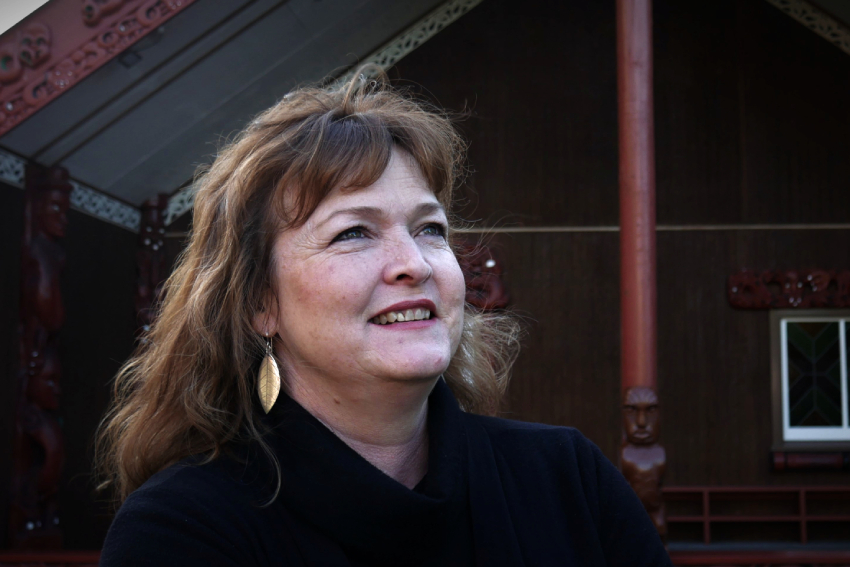Turning the lens on Māori journalism

What is Māori-language news journalism? It’s not exactly like its mainstream, English-language cousin.
A researcher from the Auckland University of Technology has produced the first in-depth study to explain how the sector works and reveal the day-to-day realities of journalists who gather and produce radio, television and online news in te reo Māori.
For her doctorate, AUT lecturer and journalist Atakohu Middleton (Ngāti Māhanga, Pākehā) interviewed and filmed journalists from Te Karere, Māori Television Service and Radio Waatea as they gathered news across the country.
Her thesis explains in detail how tikanga Māori (cultural norms), journalistic practice and the constraints imposed by public funding intertwine in newsgathering.
“Newswork in te reo comes with a raft of challenges that mainstream-media journalists don’t face,” Dr Middleton says.
Journalism in te reo Māori is state-funded under the national agenda to revitalise the language. However, one of the conditions of funding is that reporters must produce stories that are each at least 70 per cent in te reo.
This is no small order when just 10.6 per cent of the Māori population, or some 50,000 people, speak te reo well enough to be interviewed in it. A far greater number are learning.
The result is that journalists often become coaches, helping learners with varying levels of confidence find the words to express their thoughts.
Dr Middleton’s study found that journalists did their best to stick to tikanga - that is, Māori ways of seeing, being and doing - in their work for both cultural and relational reasons, but doing so posed some challenges.
“Our cultural norms, which prioritise processes and people, can collide with western news values, which value speed and output,” Dr Middleton says.
“Many of the journalists in the study said that the balancing act was very difficult at times, particularly when they were newsgathering on marae or other spaces run on Māori protocol.”
Dr Middleton filmed 11 reporters at work, yielding 227 hours of video data. She conducted and analysed 35 interviews.
Her thesis also explores how elements of whaikōrero, or formal oratory, have been refashioned for Māori-language news and how ‘western’ news values are reinterpreted through a Māori lens.
Dr Middleton says she is a keen consumer of Māori-language news and was motivated to do her study after finding that despite 40 years of news in te reo in Aotearoa, starting with Te Karere in 1983, there had been no in-depth study of the sector’s people and processes.
“I wanted to fill that gap and validate the work that these journalists do,” she says.
“I am grateful for the help of the journalists, editors, camera operators and other newsroom staff who staff who shared their working lives with me. Without their tautoko (support), we wouldn’t have a permanent record like this.”